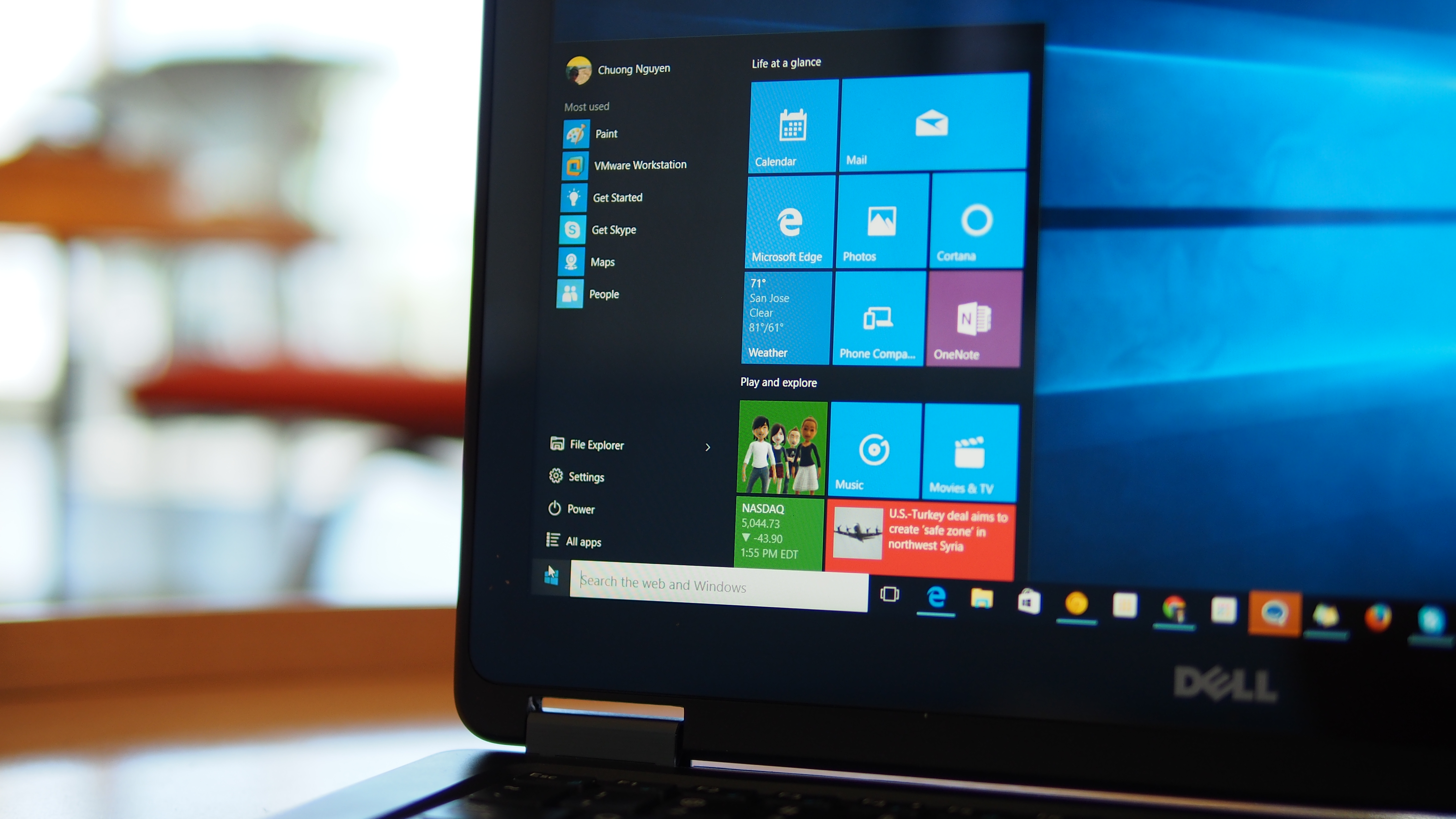Why choose paid remote desktop software over free?
You get what you pay for, especially when it comes to remote desktop software

When you start looking for the best remote desktop software for your business, you’ll notice that there are many good free and open-source remote access software out there. As a business owner or head of an IT department, you may be wondering why you should bother paying for this type of service. Commercial users and businesses, however, will quickly run up against the limitations of free remote desktop applications.
In this article, we’ll take a look at the main reasons that companies choose to pay for remote desktop software. While free applications may do a decent job technically (most of the time), they usually lack the stability, flexibility, and commercial features that most businesses rely on.
Maintenance and Frequent Updates
Remote desktop software providers are highly incentivized to produce innovative new features, eliminate bugs as quickly as possible, and keep up with the competition by releasing frequent updates. Businesses that invest in paid software will reap the benefits of these rigorously tested changes.
Free software, on the other hand, especially those that are open-source, depend on developers working in their free time to manage the same tasks. Even for popular projects, it can be hard to gauge when updates will arrive. Unfortunately, a huge amount of software every year becomes “abandonware,” ignored and forgotten by its developers.
This is a concern not only in terms of features but also security. Patches are absolutely critical to securing a remote workforce because new vulnerabilities are found in software all the time. When that happens, it’s best to have a dedicated team that’s paid to patch it and deliver the update as quickly as possible.
User Support
Providing responsive, knowledgeable user support is a costly affair. Not only do technicians have to be paid for their time, but they must continuously be trained on new product features and updates to core technology. For this reason, there are few free remote desktop connection managers that come with robust user support.
Instead, what you typically get is a community of users, which may or may not be active. Their collective knowledge often does have the answer to your question but perhaps not when you need it or only after hunting through old forums.
Are you a pro? Subscribe to our newsletter
Sign up to the TechRadar Pro newsletter to get all the top news, opinion, features and guidance your business needs to succeed!
Of course, we’re not disparaging the amazing effort of developers and communities that support open-source software. But for businesses that rely on remote access software for day-to-day operations, what you save on software costs, you’ll quickly lose in time and money trying to find your own solutions to technical issues.
With a paid remote desktop provider, you have a clear point of contact when you need it. RemotePC, for example, has 24/7 live chat support, and LogMeIn has 24/7 phone support. This is the kind of value that you may not appreciate until you really need it, and then, you’ll be happy to have it.
Commercial licensing and branding
Many paid remote desktop providers offer a free version for individuals, which may be fine if you just need to connect to your home computer from time to time. Teamviewer, for example, has a free version of its product for private, non-commercial use.
However, your business needs to remain compliant with commercial licensing, which almost always requires a paid service. The cost of using free software outside its intended sphere can be steep, and we strongly recommend against it.
Also, free software won’t let you display your own branding and may even interfere with your operations with unwanted advertisements or intrusive branding of its own. This is especially troublesome for businesses that use remote access software to provide IT support to customers. The overall effect can be confusing for employees and off-putting to clients.
Functional limitations
Some paid remote desktop programs have a free commercial version, which is worth using if you’re just looking to trial the software. However, you’ll find that many limitations are built into the software to encourage businesses to pay for the full version. After all, the company put a great deal of time and effort into developing their product.
However, workarounds have costs of their own, and you may end up spending more time and money than you’re saving by forcing a square peg into a round hole. A paid desktop software, like Zoho Assist and ConnectWise, is built to be a full solution, rather than a stop-gap. The software is part of a suite that works together intuitively and efficiently, so you can have all the tools you need to do a job properly.
Recreating this kind of infrastructure piecemeal with a variety of disparate free solutions can lead to costly inconsistencies in workflow. The experience for your employees can be frustrating and exhausting, which can greatly impact productivity.
Conclusion
It’s great to use free software when you can, but remote desktop access is a particularly technical service, where security and reliability are paramount. Remote desktop access also tends to be employed as part of a wider framework that supports collaboration and productivity. Finally, the underlying technology can be complex, and when problems arise, you don’t want to be left hunting down a solution on your own.
For these reasons, paid remote desktop connection managers are a worthwhile investment.
Regular updates and patches ensure tight security, while dedicated development teams create new features more often. Your use of the software is guaranteed to be compliant with licensing regulations, which is absolutely imperative for operating within the commercial sphere. Also, help is there when you need it. Paid user support departments have the necessary funding to ensure proper training, and many providers offer 24/7 support.
- Read our guide to the best remote desktop software
Christian is a freelance writer and content project manager with 6+ years' experience writing and leading teams in finance and technology for some of the world's largest online publishers, including TechRadar and Tom's Guide.
